 1647-948-5886
1647-948-5886
 contact@exceleve.com
contact@exceleve.com
Scientific
Committee Members
Annual LOPS2021®
Annual LOPS2021®

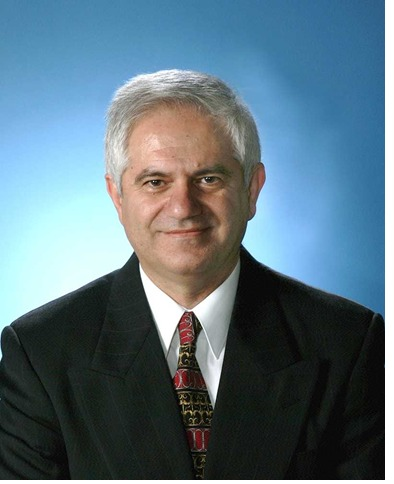
Alex Kazemi
ARK International LLC , Chairman LOPS 2021, Chief Scientific Committee Chair, Keynote Speaker, LOPS 2021
Alex Kazemi
ARK International LLC , Chairman LOPS 2021, Chief Scientific Committee Chair, Keynote Speaker, LOPS 2021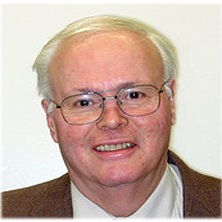
Robert Alfano
Discoverer, White-light supercontinuum laser, Initiator, Optical Biopsy, SPIE Gold Prize Awardee, 2019, Founding Director, The Institute for Ultrafast Spectroscopy & Lasers, The City College of New York, USA
Robert Alfano
Discoverer, White-light supercontinuum laser, Initiator, Optical Biopsy, SPIE Gold Prize Awardee, 2019, Founding Director, The Institute for Ultrafast Spectroscopy & Lasers, The City College of New York, USAIn 2019, Robert Alfano received SPIE (Society of Photo-Optical Instrumentation Engineers) Gold Medal Award, the highest honor bestowed by the society. Robert Alfano is an Italian-American experimental physicist. He is a Distinguished Professor of Science and Engineering at the City College and Graduate School of New York of the City University of New York, where he is also the founding Director of the Institute for Ultrafast Spectroscopy and Lasers (1982). He is a pioneer in the fields of Biomedical Imaging and Spectroscopy, Ultrafast lasers and optics, tunable lasers, semiconductor materials and devices, optical materials, biophysics, nonlinear optics and photonics; he has also worked extensively in nanotechnology and coherent backscattering. His discovery of the white-light supercontinuum laser is at the root of optical coherence tomography, which is breaking barriers in ophthalmology, cardiology, and oral cancer detection (see "Better resolution with multibeam OCT," page 28) among other applications. He initiated the field known now as Optical Biopsy He recently calculated he has brought in $62 million worth of funding to CUNY during his career, averaging $1.7 million per year. He states that he has accomplished this feat by "hitting the pavement"; he developed a habit of aggressively reaching out to funding partners and getting them interested in his work. Alfano has made discoveries that have furthered biomedical optics, in addition to fields such as optical communications, solid-state physics, and metrology. Alfano has an outstanding track record for achievements regarding the development of biomedical instruments. His contributions to photonics are documented in more than 700 research articles, 102 patents, several edited volumes and conference proceedings, and well over 10,000 citations. He holds 45 patents and published over 230 articles in the biomedical optics area alone. His discovery of the white-light supercontinuum laser is at the root of optical coherence tomography, which is breaking barriers in ophthalmology, cardiology, and oral cancer detection (see "Better resolution with multibeam OCT," page 28) among other applications. Alfano has trained and mentored over 52 PhD candidates and 50 post-doctoral students. For the past ten years, he has trained innumerable high school students in hands on photonics. Areas of Expertise/Research Bonding of Tissues with Light Biomedical Optics and Detection of Cancer with Light Spectroscopy Expertise in Properties of Light and Photonics Ultrafast Spectroscopy and Lasers Physics and Electrical Engineering Science and Engineering
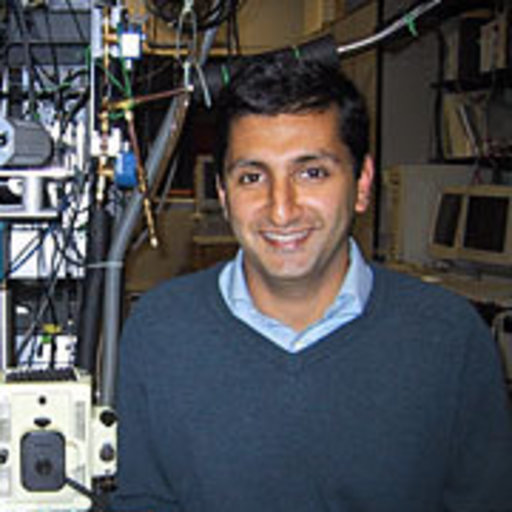
Nicolas Javahiraly
Project manager, Expert, The Sagem Defense group, University of Strasbourg, France Co Chair, LOPS 2021
Nicolas Javahiraly
Project manager, Expert, The Sagem Defense group, University of Strasbourg, France Co Chair, LOPS 2021Nicolas Javahiraly is an associate professor in physics at the University of Strasbourg, France. He did his PhD in Photonics at the same university on fiber optic sensors. After a post-doc at Harvard University on the interaction between ultra-short laser pulses and matter, he worked as a project manager and expert in the Sagem Defense group in Paris. He joined the University of Strasbourg in 2007 and is currently working on nano-optical sensors and plasmonics for various applications such as gas detection, pollutants detection and photoconversion systems for example.
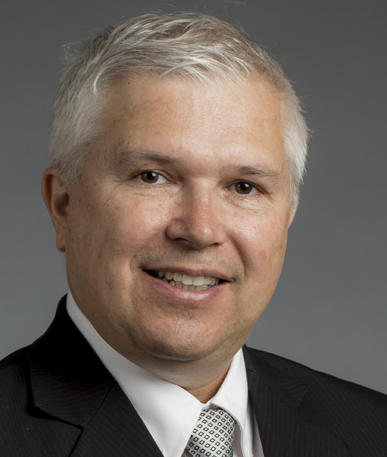
William (Doc A) Arrasmith
Professor of Systems Engineering and Engineering Physics, College of Engineering and Science Department of Computer Engineering and Science, Florida Institute of Technology, USA
William (Doc A) Arrasmith
Professor of Systems Engineering and Engineering Physics, College of Engineering and Science Department of Computer Engineering and Science, Florida Institute of Technology, USADr. Arrasmith is currently a professor in the Department of Engineering Systems at FIT. He has 20 years experience with government research and development programs and has had extensive exposure to electro-optical, infrared, and laser detection systems. Prior to his position at Florida Tech, Dr. Arrasmith served as Program Manager of Physics and Electronics at the Air Force Office of Scientific Research (AFOSR) in Washington DC. In 1997 he moved to the United States Naval Academy in Annapolis, Maryland to teach courses in Engineering and Linear Adaptive Optics. Dr. Arrasmith was then reassigned to the Air Force Technical Applications Center (AFTAC) at Patrick Air Force Base where he became Chief of the Systems and Technology Division. He was later appointed Division Chief for the Advanced Science and Technology Division of the AFTAC and remained in the position until joining Florida Tech in 2003. Research Interests Adaptive optics Cellular neural networks Advanced sensor, Imaging Detection concepts
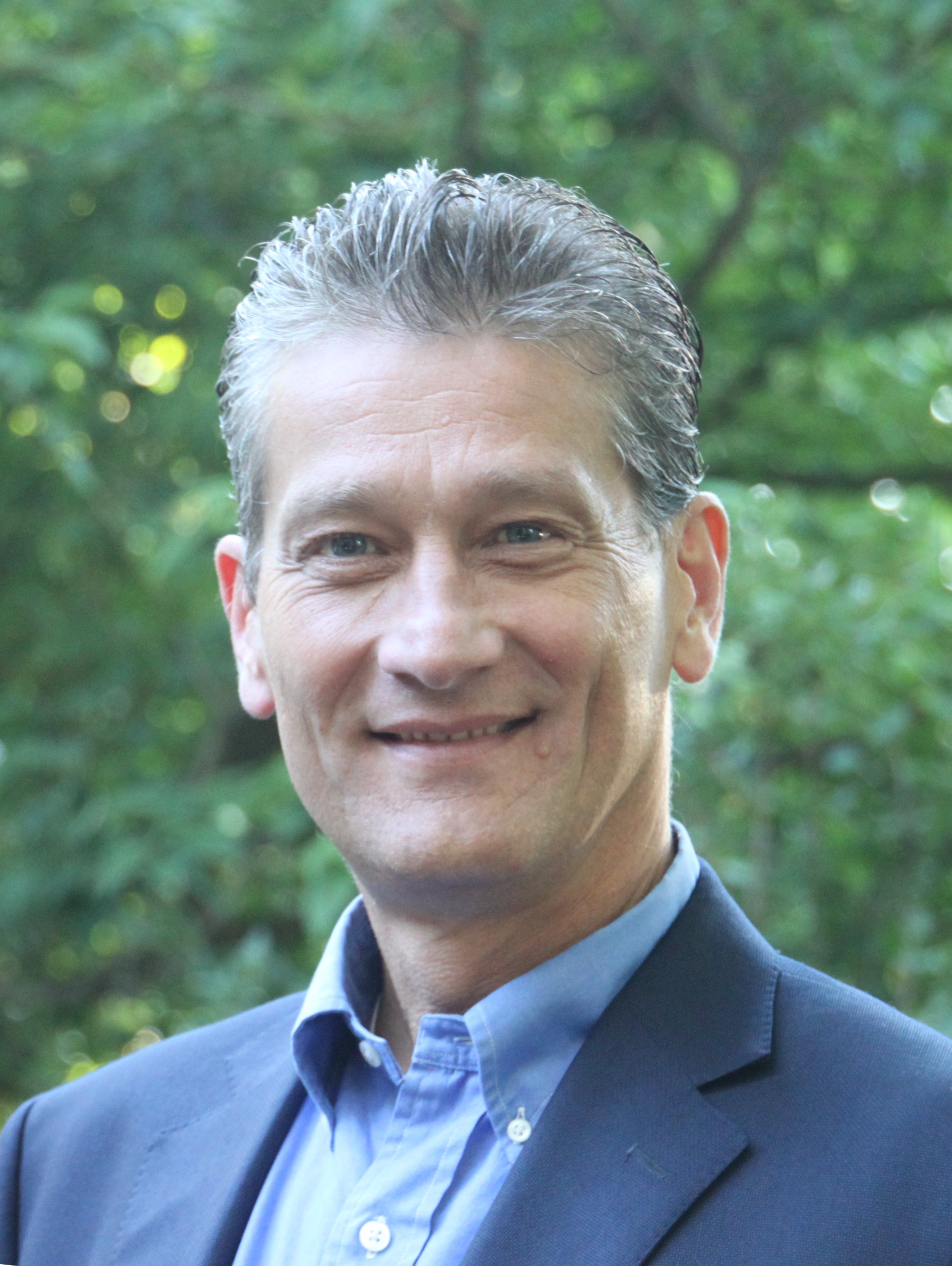
Sergio Fantini
Tufts University, USA 2004: Graduate Student Council's Award 2001: Outstanding Faculty Award
Sergio Fantini
Tufts University, USA 2004: Graduate Student Council's Award 2001: Outstanding Faculty AwardSergio Fantini received his doctoral degree in physics from the University of Florence, Italy, in 1992. His dissertation was based on a Raman scattering study of ceramic superconductors. From 1993 to 1999, Fantini held postdoctoral and faculty appointments at the University of Illinois at Urbana-Champaign, in the Department of Physics. In 1999, he joined Tufts University as an assistant professor and has been one of the inaugural faculty members of the Department of Biomedical Engineering, which was created at Tufts in 2002.
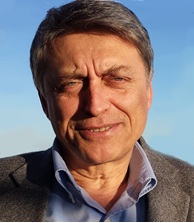
Boris Gramatikov
Laboratory of Ophthalmic Optics The Johns Hopkins Hospital United States
Boris Gramatikov
Laboratory of Ophthalmic Optics The Johns Hopkins Hospital United StatesBoris Gramatikov obtained his Dipl.-Ing. degree in Biomedical Engineering in Germany, and his Ph.D. in Bulgaria. He has completed a number of postdoctoral studies in Germany, Italy and the United States. He joined the faculty of the Biomedical Engineering Department of The Johns Hopkins University in 1996, and has been working in the Laboratory of Ophthalmic Instrumentation Development at The Wilmer Eye Institute since 2000. His areas of expertise include electronics, optoelectronics, computers, computer modeling, signal/image processing, data analysis, instrumentation design, biophotonics, ophthalmic and biomedical optics, polarization optics, all applied to the development of diagnostic methods and devices for ophthalmology and vision research. His team has developed a series of pediatric vision screeners. He has over 120 publications, 41 of which in high-impact peer-reviewed journals. He serves as a reviewer and editorial board member with a number of technical and medical journals.
